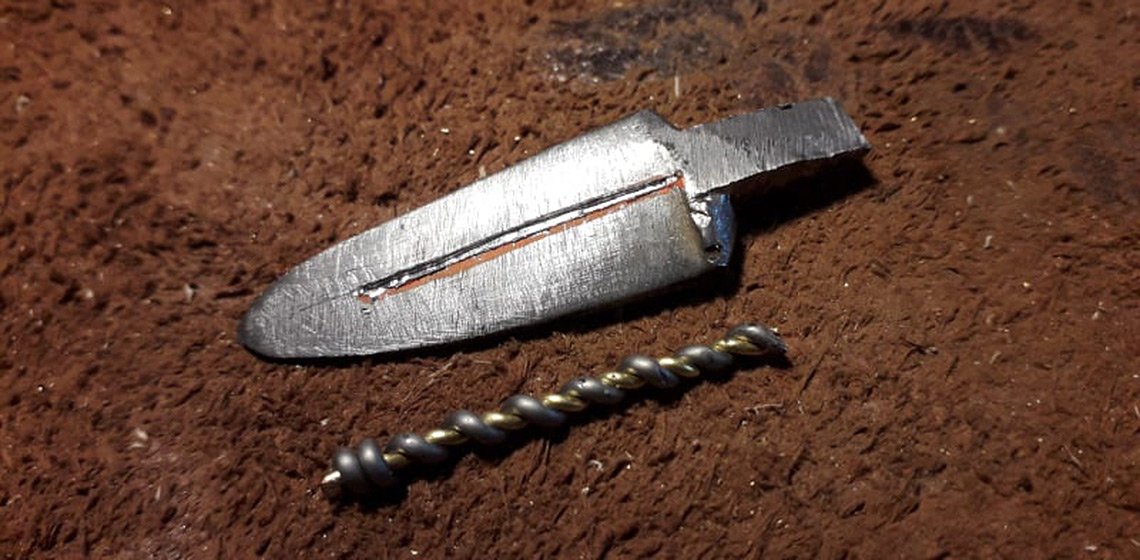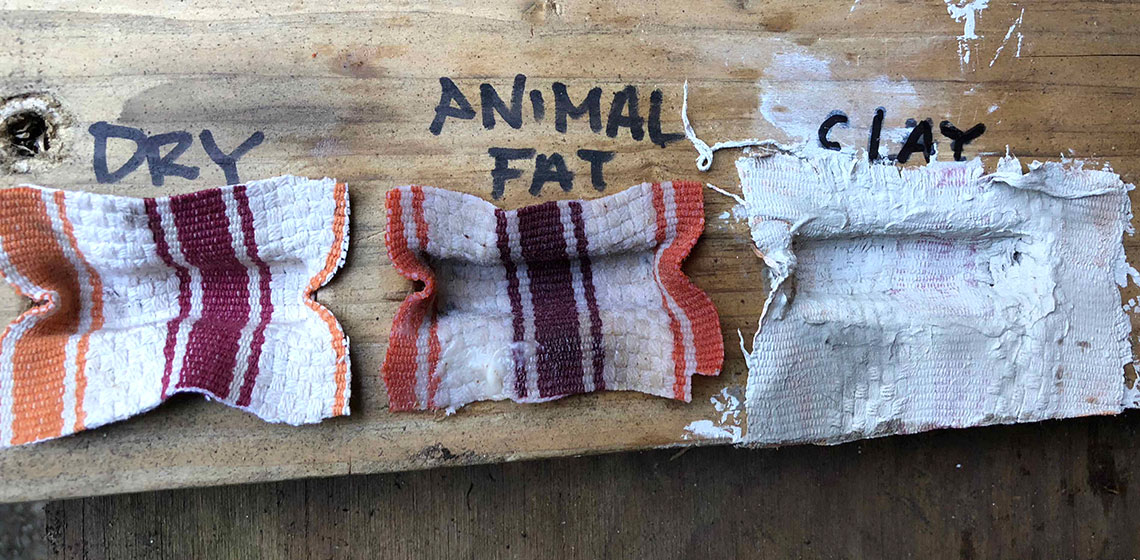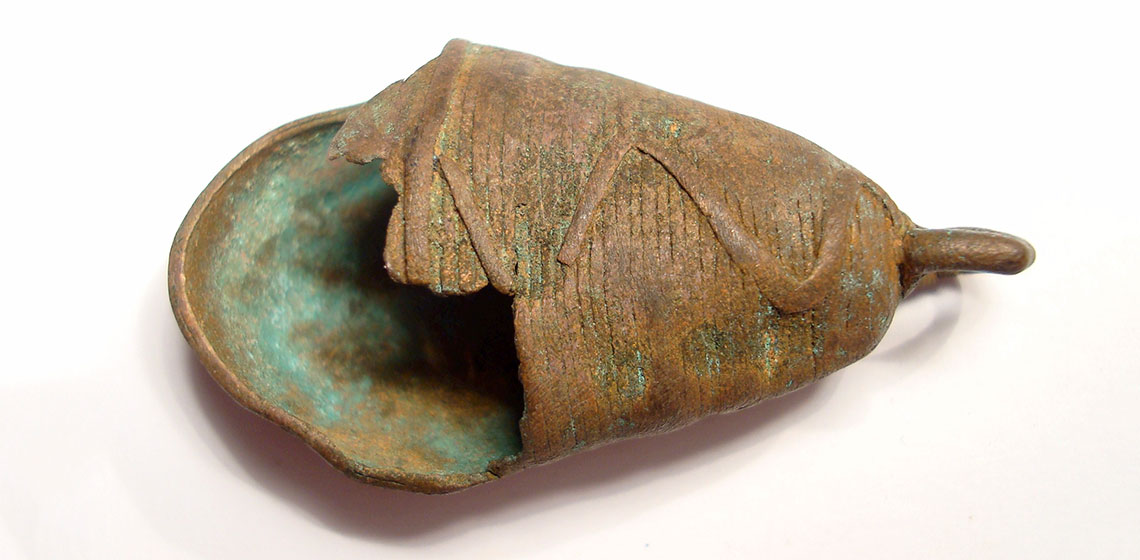silver
Replica of the Knife 2165 found in Flixborough a Late Anglo-Saxon Period Knife with an Inlay of Twisted Bronze and Silver Wires
Textile Textured Silver Ingots: A Technical Investigation into how these Textures came to be on some Viking Hoard Ingots
Producing Silver Sheet According to Cellini
Experiment
When the subject of techniques of reproduction was raised these questions came back to me. Casting a slab of silver and subsequently hammering it might be a way to answer some of these questions. This would involve following the suggestions of certain treatises in combination with scientific research.
Anatomy of Prehispanic Bells - Study of an Ancient Lost Process
The elaboration of bells in the Prehispanic Era was of great importance due to the special meaning attributed to them in religious ceremonies. Today, knowledge of the techniques that were used in their fabrication is scant and lacking in detail. For that reason, the objective of the present study was to carry out a morphological study of bells from western Mexico...




